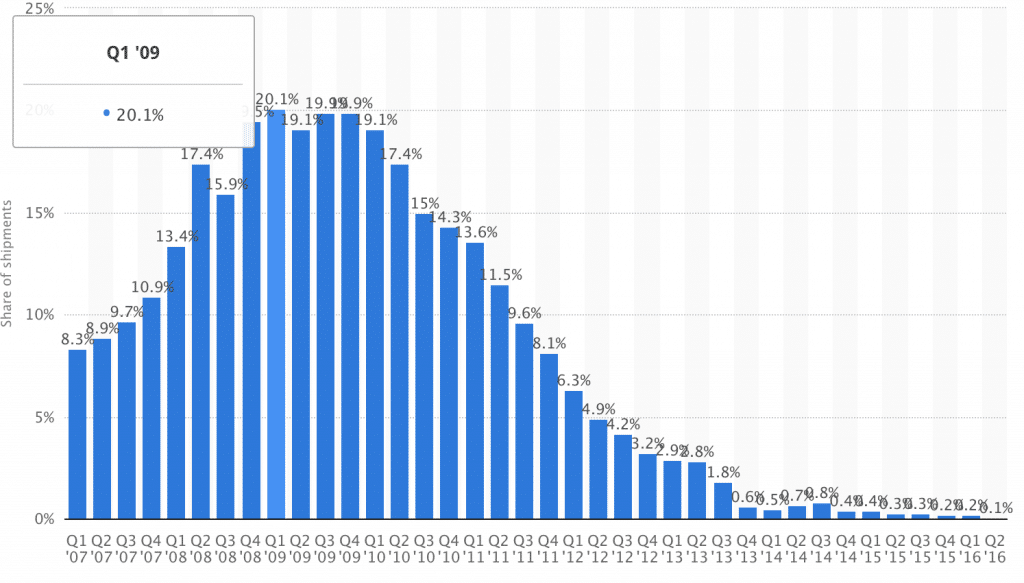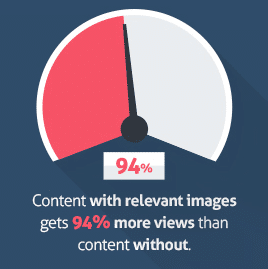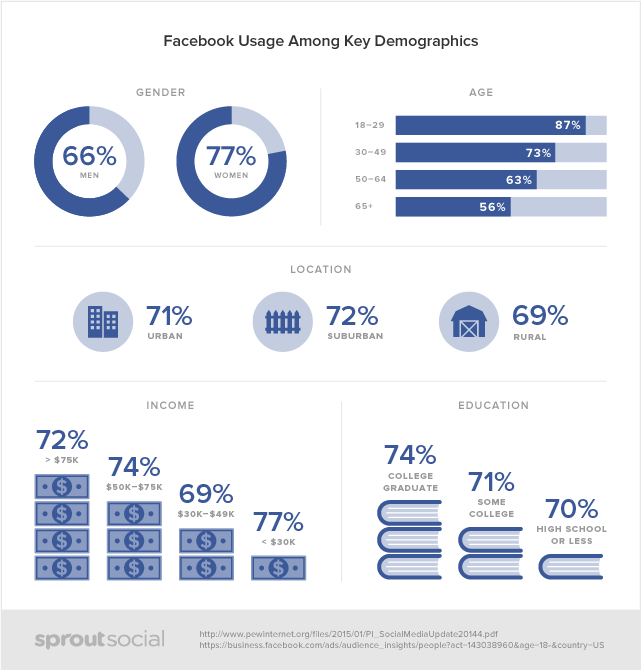Too Many Requests from Your Network
Please complete verification to access this content.
The days when SEO alone could boost your blog or website traffic are long gone.
With the advance of social media and the constantly changing algorithms from Google, it is almost impossible to rely on keyword ranking when it comes to promote your content.
Sure, quality content has always been the king — this one at least has not changed.
Today, it would also be hard to argue that social media is the queen.
These days, the success of any promotional campaign depends on the audience engagement.
In other words, business owners should do everything it takes to make the readers promote their business content — this is the surest way to attract new leads. And here are some insights that should help you get started on this challenging path:
Forget About The ‘me-me-me’ Approach
This is the first and, probably, the most important tip these days — no matter if you are working on a corporate website or an internal blog.
The biggest problem with most generic sites today is that they still dwell about their services, products, and overall benefits of becoming this particular company’s client.
Well, no one cares. The ‘me-me-me’ principle has stopped working years ago.
So, even if you are running a very traditional business (which, let’s be honest, can be a bit behind when it comes to marketing), the sooner you let go of the outdated writing approaches, the better.
Tell People What’s In It For Them
We have already established that no one cares about your ‘me-me-mes.’ What do people care about, then? Obviously, their own ‘me-me-mes!’
In other words, the most engaging form of any written, video, or graphic content is the one that tells readers what’s in it for them. Preferably, right upstart, so never bury the lead.
Not burying the lead is crucial here. Everyone knows the joke about average web user’s attention span — as long as the goldfish. Well, as of 2016 is it even shorter than that.
Back in the 2000s, the average attention span used to be 12 seconds; by 2015, it dropped to 8. So, the goldfish is now officially one second ahead of an average web user.
Basically, your ultimate goal, while working on any form of content, is to provide users with something of value to them.
So, if you are selling dog food, apply to the actual case studies. Not the boring kind, of course.
To put it simply, each one of your blog posts should point out how your food can help weak pupils grow stronger, better, fluffier, etc.
Not in the obtrusive way, though — because users will immediately perceive it as the ‘me-me-me’ kind of advertising and you’ll be done with your online community.
Define Your Readership

You definitely heard this one a million times already so we will not dwell on it for too long.
Make sure you define your target audience and make sure you do it right.
Plenty of promising startups have failed because of this marketing mistake.
And, what is even more surprising, plenty of established brands have lost millions simply because they bet on the wrong audience.
Blackberry, for example, created a top of the line mobile OS. But they targeted business people exclusively and made their product… well, boring.
Now, all businessmen are carrying iPhones, and I bet, you have not even seen a Blackberry phone in years.
Which is not surprising if you look at their market share stats.
Talk To Your Audience
Where are the tips about the actual shares, you say? We’ll get to that.
Right about now. Once you have defined people who may benefit from your product or service (your target audience), figured out what’s so special about you for the consumers, and got rid of the endless ‘me-me-me’ in your content, chances are your posts will not be closed in the first eight seconds.
That’s already a lot. Now, let’s try to figure out how you make people share what you’ve posted.
For starters, forget about the ‘cold’ approach. It does not work online. Make your tone conversational and easy to follow.
This is especially so when targeting an international audience — not everyone will be so fluent in English as you are, so make sure non-natives can understand you too.
Every post should sound like a direct conversation with your followers.
First of all, it makes your tone and logic easier to understand; and secondly, it creates a kind of subconscious connection between you and your readers.
So, instead of talking at people, talk to them.
Summarize The Gist With Headers
How do you read a typical web article? Right, you scroll down first and look at the headers.
If nothing catches the eye, you close it. So, make sure the headers convey the gist of each body paragraph. Think of your headers as the skeleton of each blog post.
Do not try to intrigue the readers, leaving the headers incomprehensible.
This will not do you any good — most likely, the user will simply close the post.
Moreover, clear and logical subdivision into informative headers gives readers a chance to skip a paragraph or two, which is also important — especially, with long forms of written content.
Even the super engaging articles require a lot of time to read, and web users are not overly generous with their own time.
Make It Visual

No doubt, informative headers already make your post a lot more visual.
Still, you can always do better and include pictures, graphs, videos, and other visuals. Once again, careful not to overdo.
Think of how you read a Facebook post — headers and pictures first, right?
If there is a picture under every header (especially, if it’s an animated gif), 8 seconds (or less!) will not be enough for the reader to go through your post ‘skeleton’.
Plus, it will require too much concentration — and web users are not overly generous with this one either.
Relevant static pictures, on the other hand, can boost your content view rate by 94%, according to the latest stats.
Reevaluate your call to action
The value of a call to action is overestimated. ‘Have you ever experienced something like this?
Share in your comments!” Or, even worse than that — “Share with your friends,” or “Click on this link” — that’s a sure path to bankruptcy.
Latest studies show that generic, end of posts call-to-actions account only for 0.5-1.5% of the post share rate.
Actual, human questions, on the other hand, can be pretty helpful.
But, of course, you have to remember the ‘talk to’ tip. On the whole, any post that is of value, or — better yet — contradictory, usually invites people to comment, and what is even more important, does so naturally.
A subtle conclusion that urges people to share can also be of use.
Remember essay writing in school?
Try to recall the basic milestones — you make your thesis statement in the intro paragraph.
In the case of a blog, ‘what’s in it for your readers’ is the thesis.
Then, you make your point in the body paragraphs (with headers, see above).
For example, this dog food is useful because it’s 1) nutritious; 2) helps sluggish puppies grow active; 3) full of vitamins, and so on and so forth.
Then, in your conclusion, you restate your thesis once again. In the case of quality, shareable blog content, you also add a subtle call to action: ‘most 6-month puppies experience a slight change in behavior, growing more inactive.
This can blow over all by itself eventually, but if you want your prancing friend back…” So, you suggest that any (!) of the reader’s friends who have dogs might have a similar problem.
So, by sharing your post, the reader does something of value for his friends, too — just like you did for him. In other words, make helping others your call to action.
Make The Sharing Simple
Sure, do not expect that your readership will go through lots of copy-pasting pain to share your post.
No matter how amazing and valuable the content may be, no one will bother to make an extra click.
So, to promote your content make the sharing simple — include all relevant share buttons.
Once again, sounds obvious, but plenty of blog owners believe content comes before usability. It does not.
Approach Different Platforms Differently

If you share your blog content via social media, make sure you choose the right platform.
What works on LinkedIn will never work on Facebook. To make the most of your social media communities, you have to approach every single platform differently.
And, of course, do not forget that you do not necessarily have to share only your content.
Follow similar communities, share their posts via your channels — this will work miracles.
First of all, your Facebook page will not look like advertising ‘me-me-me’ only.
And secondly, you might encourage other business owners to share your content via their channels. Remember that B2B marketing results in 67% more leads. Win-win!
Stay Consistent
If you have already gained readership, do not blow it away. Create a publishing schedule and stick to it.
If you want to keep your subscribers, keep them entertained. Panem et circenses! (bread and circus).
Nothing has changed since the ancient Rome. Also, make sure you entertain your readers on a regular basis.
The golden rule of blogging is to create a publishing schedule and stick to it.
Otherwise, your readers will forget about your existence, and you can kiss your social shares good-bye.
All in all, these tips should be enough to boost your blog promotion and, consequently, raise public awareness about your brand.
The final piece of advice would be to experiment with different marketing approaches.
Sure, these simple tips will work all the time; but, it does not mean that other tricks will not be as effective.
Engage readers with different forms of content, post an experimental piece now and then, and, course, keep your eye on the stats.
This way, you’ll figure out which types of content work best for your audience.
Christine Allen is young writer and blogger. She believes that you can get everything that you want. You just need to be sure in what you really want and be patient. You can follow her on Facebook, LinkedIn or Google+.

